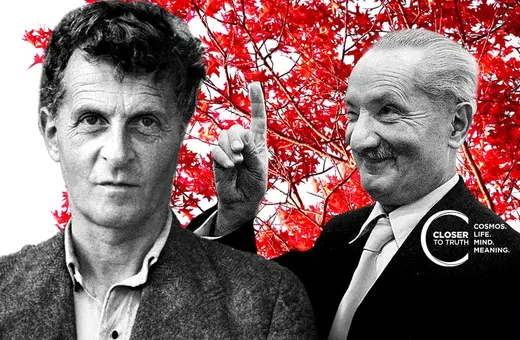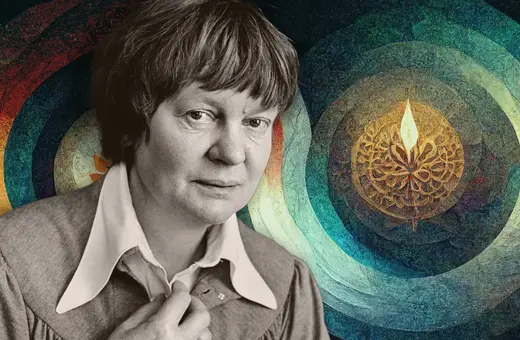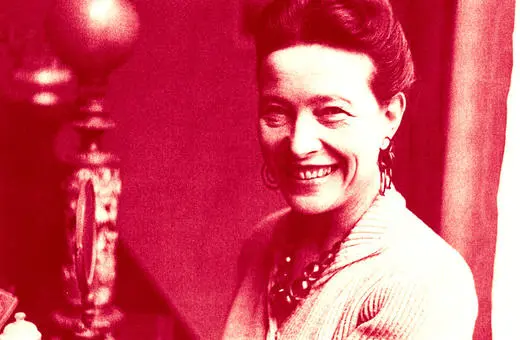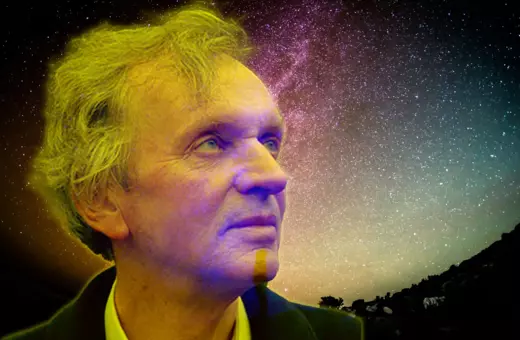How can we explain the ongoing mass appeal of Star Wars? Of course they are great action films, and of course the sci-fi elements of aliens, lightsabers and intergalactic travel spark our imagination. But what really distinguishes Star Wars from its rivals are its mythical themes. We have the perennial fight between good and evil, the saga of the David versus Goliath fight between the plucky rebels and the powerful evil empire. And most unusually for a sci-fi action film we have a prominent role for religion. Indeed, if our official records are to be believed, the mystical religion of the Jedi has moved from myth to reality: 390,127 people in England and Wales declared their religion to be Jedi in the 2001 National Census, making the Jedi religion the fourth largest reported religion (in 2011 it slipped down to seventh place, but of course that was before the latest series of Star Wars films, so who knows what we will find in 2021).
The religious focus is even more prominent in The Last Jedi. This is not a religion based on belief in a personal God, but in an impersonal reality known as “The Force”. As Luke Skywalker trains Rey in the Jedi ways, he explains that The Force is an energy that runs between all things, a balance that holds the universe together. In the West we tend to associate religion with the hope for personal survival beyond the grave. But the Jedi religion seems closer to the Buddhist belief in Anatta, or “no self”. As Luke explains to Rey, it is vanity to imagine that one has a unique soul – a special “light” – that distinguishes you from the rest of the universe. The hope of the Jedi when her time comes is to be absorbed back into The Force from whence she came.
It is natural to think that such mystical beliefs have been shown to be false by modern science. In the 19th century, vitalism – the belief that life is a special kind of force in its own right – was a quite common position among scientists. But modern cellular biochemistry has no place for the mysterious forces of the vitalist. And in contemporary physics there are only four basic forces governing our universe – electromagnetism, the strong nuclear force, the weak nuclear force, and gravity. There seems little prospect of The Force of the Jedi being added to this list any time soon.
___
"One of the great scientists of the twentieth century, Arthur Eddington, argued that a position remarkably similar to Jedi theology was not only perfectly consistent with modern science, but actually something we might have to reason to believe."
___
In spite of all this, one of the great scientists of the twentieth century - Arthur Eddington - argued that a position remarkably similar to Jedi theology was not only perfectly consistent with modern science, but actually something we might have to reason to believe. Eddington is best known for being the first to offer observational confirmation of Einstein’s general theory of relativity. In May 1919 he conducted a series of observations of a solar eclipse from the island of Principe off the West Coast of Africa. As the moon covered the sun, Eddington photographed stars visible around its covered edge. On the basis of this he was able to demonstrate that, precisely as Einstein’s theory had predicted, the light from these stars had been bent by the spacetime curvature caused by the mass of the sun.





















Join the conversation